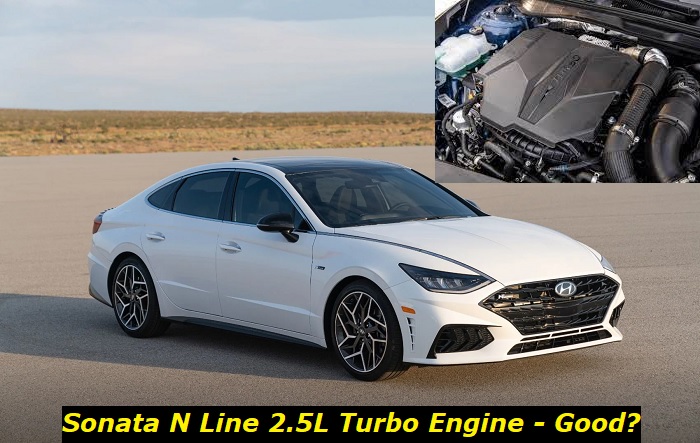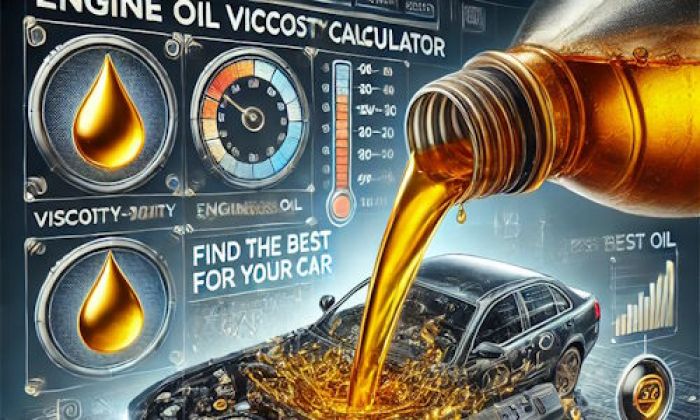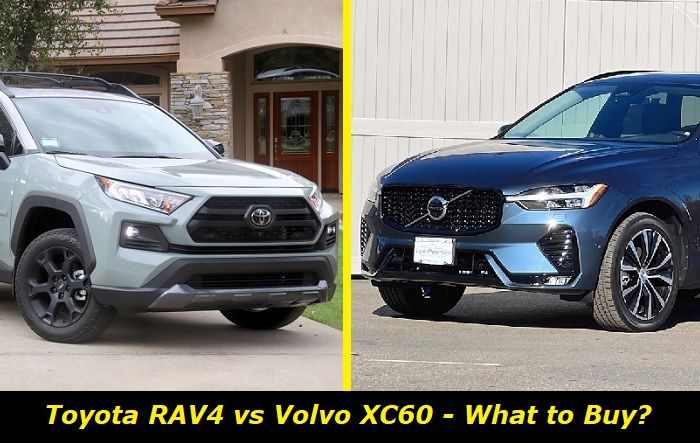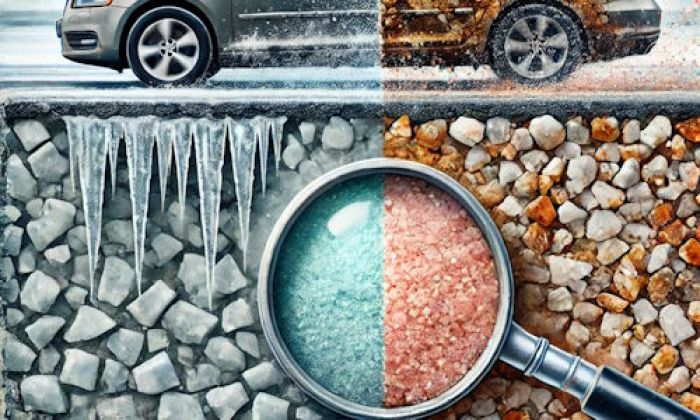Although the Hyundai Sonata is obviously not the most popular family sedan in the US, it's still a very significant player in the market. Up to 100,000 vehicles are sold in America each year. Most of them are simple and cheap trims because most buyers of these cars are families who just want a practical and cheap-to-maintain vehicle with high comfort.
But some Sonata owners prefer the N Line version. Today, we'll tell you more about the N Line special engine (the 2.5L turbocharged Smartstream powerplant) and will cover its good and bad sides. We will also look at its main specs and explain to you if it's a good idea to buy the new Sonata equipped with this powerful engine.

Key facts and my opinion about the engine
- Production years: 2020-now
- Average lifespan of G4KP: 120,000-140,000 miles
- Fuel supply type: combined injection (GDI+MPI)
- Power range: 280-294 hp
- Fuel efficiency: good
- Engine block material: aluminum
- Engine reliability score: low
- The most common problems: timing chain problems, engine is afraid of overheating, oil pump is potentially problematic.
Key facts about the 2.5L Turbo engine in the Sonata
Since 2019, the new generation of the Sonata hasn't made any significant impact on the market of family sedans. It kept losing customers due to very specific design and overpriced trims. The SE and SEL options are more or less affordable but the N Line trim with the performance engine costs $35,000 plus and this is a lot for a Korean sedan, we should say.
But once you test drive this car, the price will not mean so much to you anymore. The 2.5L Smartstream turbocharged engine is really cool and it allows the vehicle to fly over the road, at least it feels that way. It comes to no comparison with the 1.6L turbo or the 2.5L non-turbo engines that power the lower trims.
Here's what you should know about the 2.5L turbo powerplant:
- this engine is codenamed G4KP and is also installed in the KIA K5 GT and in the Sorento and Santa Fe in some markets;
- the engine has a displacement of 2.5 liters, it offers 290 horsepower and 311 lb-ft of torque which is fairly not bad;
- the engine is equipped with an 8-speed dual-clutch transmission (DCT) and this is the first bad news you have to know;
- the engine is all-aluminum, it has hydraulic lifters, the timing system is driven by the chain which will require replacement at about 80-100 thousand miles;
- the Dual CVVT system allows valves to stay open longer and the system itself causes some concerns in terms of its longevity;
- the engine is turbocharged, the turbocharger is pretty complicated and once it fails, you will have a lot of headaches;
- the engine will take the Sonata from 0 to 60 mph in just about 5 seconds which is impressive;
- in terms of fuel consumption, the Sonata N Line is claimed to go about 23 MPG in the city and 33 MPG on highways.
Overall, the 2.5L Smartstream Turbo engine doesn't seem a bad option. It goes super-fast and doesn't burn a lot of fuel. It's pretty smooth in operation and won't vibrate your soul out of your body as some other performance-oriented engines.
But we have to say that the engine is very fresh and not a lot of owners have driven the N Line Sonatas for more than 50,000 miles. So, we just don't know about some weak points that will be there with this powerplant when it reaches high mileage. And what is considered high mileage for this engine? Let's see.
How many miles will the 2.5L Turbo Sonata survive?
This is a performance engine that offers a lot of power and high torque. So, it's not completely correct to compare its longevity with other engines in the line of this model. Other options are more durable and are made for calm everyday driving while this one is made for sport and fun.
The 2.5L Sonata N Line engine is not going to live more than 140,000 miles, in our opinion. There are several weak links in the system and all of them will fail or cause some other problems between 100 and 140 thousand miles.
The first problem is the timing chain. There is no official change interval but we would recommend replacing it at least at 80K miles or earlier. The chain withstands a lot of loads in a performance engine, so it won't live longer than that.
Also, you should consider the 8-speed DCT unit. Dual-clutch transmissions are not very durable. In a sporty vehicle like the Sonata N Line, these transmissions are cool for quick transfer of torque to the wheels. But they will fail at 100,000 miles or a little later. Repair is pretty expensive. Replacement will cost you a kidney or a kidney and a half.
The Dual CVVT system also causes some issues at high mileage and will add problems to your Sonata.
What are the common issues with the performance engine in the Sonata N Line?
We've tried to find and categorize some of the common issues with this Sonata engine. But we failed due to its young age. The engine was engineered and launched in 2020, so it's very fresh and not a lot of cars still have many miles on them to observe some of the common issues.
But we've asked mechanics and also analyzed similar technologies in other Hyundai engines to come to some conclusions. Let's see what we were able to find out.
1. The transmission problem
While other Sonata models have simple automatic transmissions, even the hybrid version, but the N Line got the DCT which is something you will want to avoid. DCT transmissions have a very expensive clutch system. While the transmission itself is very durable and reliable, the clutch will have to be changed at least twice during the lifetime of the vehicle. Also, the transmission control unit seems to be faulty, like in pretty much all other DCTs we know.
The transmission will not only require regular service and maintenance, it will also need very expensive repairs. It means that these transmissions are very expensive to own. But they add some fun to your driving, so it's hard to say they are completely bad.
2. Valve timing issues
For now, the Dual CVVT system works well in all 2.5L Turbo engines. But we've looked at other engines with this technology and found out that at about 100K miles, a lot of owners start reporting issues with this system. Unfortunately, these issues are also hard to repair. The engine starts burning oil, there are some internal leaks that are hard to cure.
Also, this problem may lead to low oil levels and to some other issues that follow low oil levels.
3. Fuel consumption issue
When Hyundai measures fuel consumption, they use computer equipment and special stands where the engine rotates with optimal RPM. Also, they use real Sonatas on racing tracks and drive them at a certain city speed. But when you pay for the N Line trim, you want to get some fun from your driving that would pay off for a large amount of money you paid for the vehicle.
Aggressive driving will double fuel consumption and make gas mileage miserable. This is a problem you can control and avoid only by changing your driving style. So, better don't care about gas mileage if you are buying a performance car.
4. Lots of minor issues
When we get our hands on the new vehicle, we are ready to spend some time in the dealership now and then. But not every single month! The Sonata N Line will take you to the Hyundai dealership too often and some owners just hate the vehicle for that.
One time the transmission control unit will fail and need reprogramming. Then some tricky dash light will go on. After that, one of those marvelous Bose speakers will stop working. The list of these problems can be enormous. And it disappoints.
What should you do to drive your performance Sonata sedan longer?
If you want to outperform the average life expectancy of the Sonata N Line G4KP engine, you should remember some important rules. Always go to the dealership once something happens and don't forget about regular maintenance. Buy OEM parts and fluids to avoid issues with your vehicle. Also, address all the problems immediately to avoid even bigger problems.
Also, have the timing chain replaced once every 80,000 miles or even sooner. Be prepared for some expensive repairs after the vehicle reaches 100K miles. Without making them on time, you may just lose the engine.
Overall, we don't really like the performance version of the Sonata. Its transmission doesn't feel to be ready to perform something you want from it. Its quality doesn't appear to be as high as you need. Also, it feels like a little stronger SEL Plus Sonata which you have to pay a lot more for. But still, we've found many positive reviews and opinions about the car.
About the authors
The CarAraC research team is composed of seasoned auto mechanics and automotive industry professionals, including individuals with advanced degrees and certifications in their field. Our team members boast prestigious credentials, reflecting their extensive knowledge and skills. These qualifications include: IMI: Institute of the Motor Industry, ASE-Certified Master Automobile Technicians; Coventry University, Graduate of MA in Automotive Journalism; Politecnico di Torino, Italy, MS Automotive Engineering; Ss. Cyril and Methodius University in Skopje, Mechanical University in Skopje; TOC Automotive College; DHA Suffa University, Department of Mechanical Engineering






Add comment